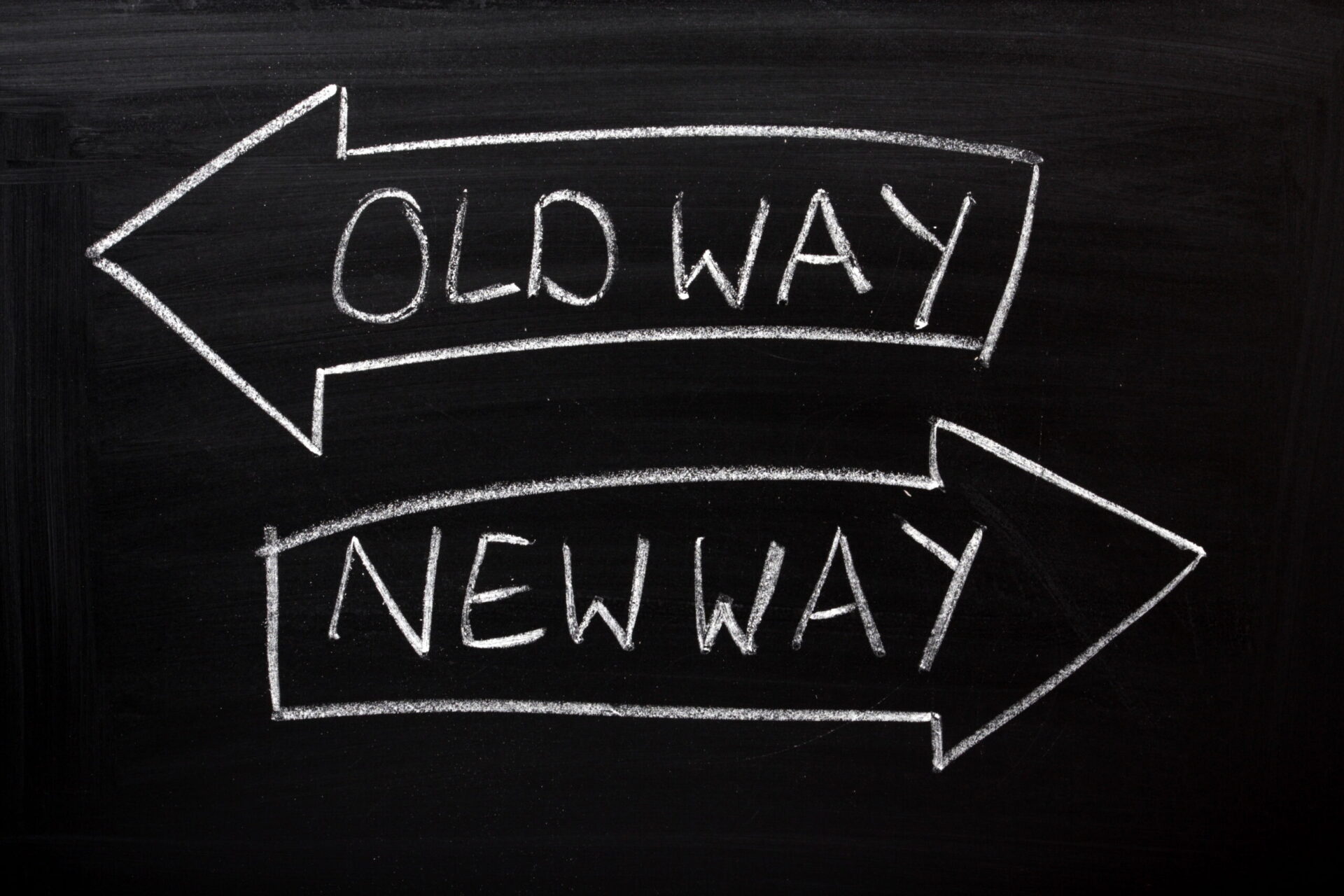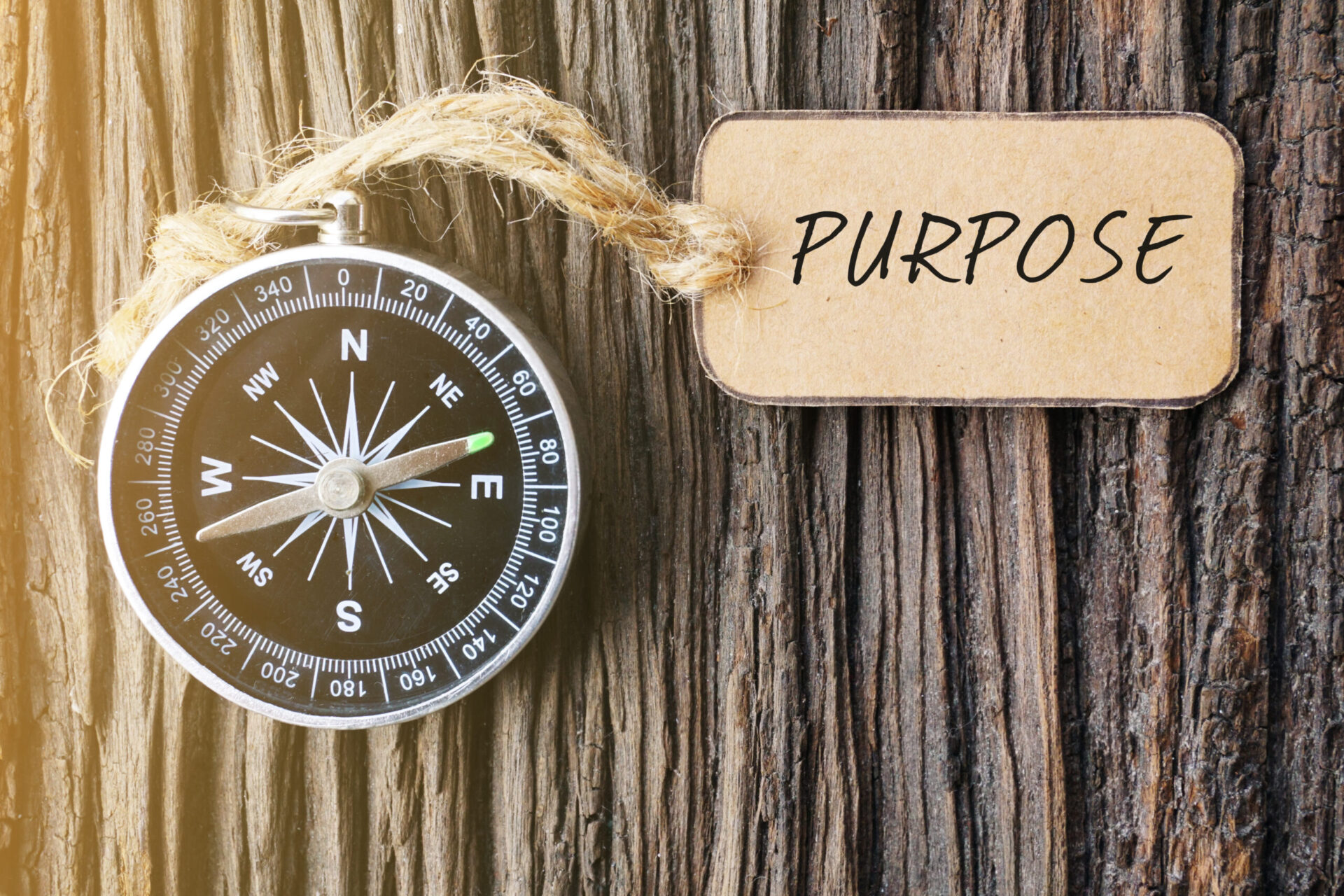Ask anyone at work whether they’ve experienced change in the last five years and it’s likely that the answer will be a resounding sigh, followed by a yes. Change is prevalent, our own research finds that roughly 1 in 2 managers report having undergone change initiatives with only 40% of them agreeing they were successful.

Individual resistance to change, whether this be fear of change, inertia or deeply embedded habits, is often heralded as the main barrier to change. However, 40% of managers and more across Singapore, China and Hong Kong identify a lack of leadership, employee involvement, transparency and a lack of proper communication as barriers. Perhaps if these issues were properly addressed then individual resistance to change may not be the barrier that we think it is.
And it’s not just workplace reshuffling that employees have to grapple with; but external ones as well. Singapore saw the highest percentage of retrenchment in 2016[1], the highest in 7 years. Many rang in the New Year with fears of getting laid off hanging over their heads, as Singapore faces a rather bleak economic outlook in 2017.
It is not uncommon to have members in various departments and teams getting laid off or feeling like their jobs are hanging by a thread. Teams are a very vital part of organisations, and if a member leaves morale can suffer particularly as the pressure to perform at a high level daily, often in a complex and challenging situation, remains relentless.
What is needed the most now is resilience – specifically team resilience.
So as managers of teams and as team members, what are three things that can be done to build team resilience?
1. Develop a learning orientation – viewing mistakes positively

Resilient teams do not view mistakes and failures as problems that are the end of the world for everyone. Instead, they are able to reframe mistakes positively as challenges, and perceive them as opportunities to learn. Resilient teams also have managers who create a psychologically safe space for their members to make mistakes and never resort to harsh punishment when someone fails. Another characteristic of such teams is their desire to engage in regular reflection – be it individually or as a team – and they are open to giving and receiving feedback.
2. Build and strengthen positive relationships
It is important for teams to be able to build positive relationships with people within the confines of their own team, but also with people in other parts of the organisation. Having an extensive network of expertise available helps to speed up the process of finding solutions. It is also essential that team members communicate openly and in an honest manner with one another. Conflict inevitably occurs but by creating an environment of support and challenge, team members can discuss issues openly and process conflict constructively.
3. Set and maintain a clear sense of purpose

Having a clear sense of purpose is what ties a team together in difficult times and it pays to invest time in the initial stages of the team’s formation to shape a well-meaning purpose, and to have everyone contribute. But, over time, the team’s purpose can take a backseat to daily workload and day-to-day operations so it is essential that the team constantly revisits their purpose. Research[2] shows that this constant reminder serves as a huge source of emotional support during tough times and gives teams a sense of direction and meaning
4. Team processes and Role agility
Team processes refers to team factors like teamwork, team prosocial motivation (defined as members’ shared desire to focus their efforts on benefitting others) and team co-operation. Teams that have strong sense of teamwork, whose members have strong interpersonal bonds and a shared understanding tend to display behaviour that collectively benefits everyone. Resilient teams also have role agility where members are able to switch roles and adapt quickly to new information. They possess shared knowledge which allows them to take on others’ roles when the need arises. This sense of adaptability keeps them afloat in tough times.
What have you been doing to enabling building resilience in teams?
[1] Channel NewsAsia. (2016, December 13). Redundancies in Singapore hit 7-year high; highest since 2009 financial crisis. [2] Lilius, J., Worline, M., Dutton, J., Kanov, J., Frost, P. & Maitlis, S. (2003). What good is compassion at work. Ann Arbor, 1001, 48109-41109.




